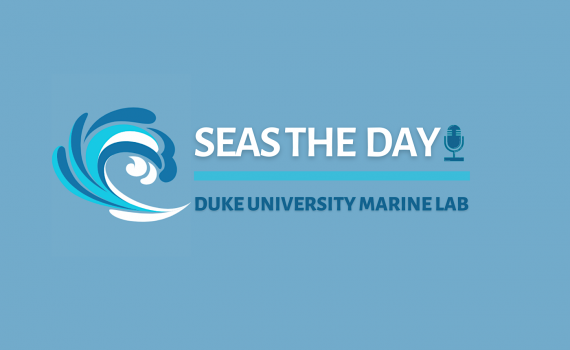Restoration is a relatively new tool used for the conservation of marine and terrestrial ecosystems. As such, a certain level of uncertainty surrounds what restoration actually is. Our podcast seeks to understand how restoration is defined, specifically as it pertains to Target 2 of the Kunming-Montreal Global Biodiversity Framework adopted by the Convention on Biological Diversity (CBD) in 2022. We are particular interested in artificial reefs and what role they might play in meeting Target 2, which aims to Ensure that by 2030 at least 30 per cent of areas of degraded terrestrial, inland water, and coastal and marine ecosystems are under effective restoration, in order to enhance biodiversity and ecosystem functions and services, ecological integrity and connectivity.
Conservation & Development Series
In December 2022, world leaders at the Convention on Biological Diversity adopted a proposal to conserve 30% of the Earth by 2030. This proposal was highly controversial and has met with varied reactions from Indigenous Peoples. In this episode, hosts Claudia Deeg and Devin Domeyer discuss the history of conservation’s violence towards Indigenous Peoples, Indigenous Peoples' perspectives on the 30 by 30 proposal, and what happened during the negotiations. This episode features an interview with Jennifer (Jing) Corpuz, lead negotiator on conservation targets for the International Indigenous Forum on Biodiversity.
In this episode, Cat and Jingyi discuss artificial islands and their role in ocean development. They examine some of the island nations in the Pacific Ocean, such as Kiribati, that are ‘sinking’ due to sea-level-rise and explore how artificial islands might offer such places a solution to this imminent crisis.
In this episode, Bo, Victoria, and Katie tackle the controversial topic of illegal wildlife hunting, or 'poaching', and equally controversial efforts to combat it through increased militarization of protection efforts, including 'shoot-to-kill' policies. They approach the topic from a variety of angles, looking at history of the term ‘poaching’, changing attitudes to hunting over time, the role of social media, and the variety of ways governments and organizations have tried to combat illegal practices.
The Convention of Biological Diversity is set to meet in October 2021 and will discuss adopting a new target of protecting 30% of the ocean by 2030. Over the last two decades, there has been a drastic increase in the number of large-scale marine protected areas (MPAs) driven mainly by international MPA targets and a “bigger is better” approach to conservation. In this episode, Megan Swanson and Sage Riddick explore how these often remote ocean spaces can still have important social impacts by looking at two cases: the Chagos Marine Protected Area and the Papahānaumokuākea Marine National Monument.
In this episode, Rafaella Lobo and Jessica Zhao explore the role of non-government organizations (NGOs) in promoting conservation in developing countries. They focus in particular on the role of and relations among Big International NGOs (BINGOs) and small, local NGOs, the strengths and weaknesses of each.
On this episode, Masha Edmondson and Brandon Gertz explore the risks, rewards, and resistance deep-sea mining has sparked in three pacific island nations: Papua New Guinea, the Cook Islands, and Fiji.
In this episode, Maggie, Lily, and Savannah explore the intersections between ecotourism and Indigenous tourism. Using the lens of agency, they use specific cases to highlight how the agency of Indigenous peoples within tourism ventures varies, and with what consequences.
In this episode, Rafaella Lobo and Jessica Zhao explore the role of non-government organizations (NGOs) in promoting conservation in developing countries. They focus in particular on the role of and relations among Big International NGOs (BINGOs) and small, local NGOs, the strengths and weaknesses of each.
In this episode, Maggie, Lily, and Savannah explore the intersections between ecotourism and Indigenous tourism. Using the lens of agency, they use specific cases to highlight how the agency of Indigenous peoples within tourism ventures varies, and with what consequences.

